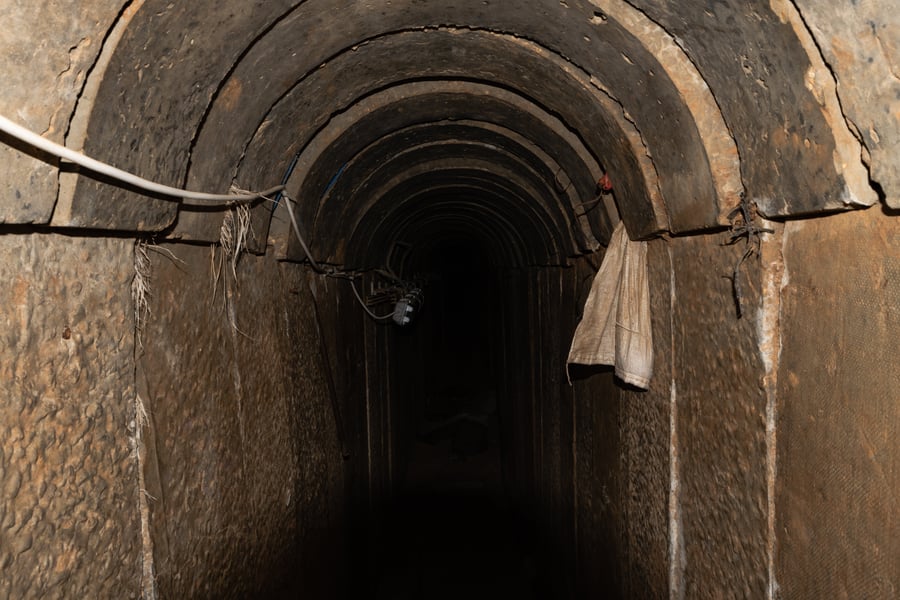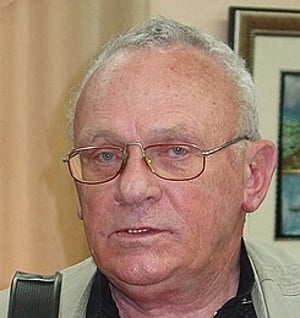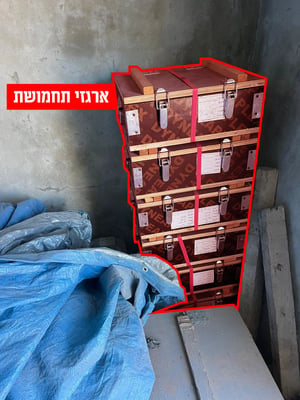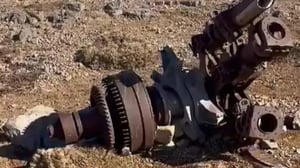
Various technologies have been developed over the years to address the underground network where Hamas fortifies and mobilizes its forces. There have been both significant successes and notable failures, from which Israel has drawn lessons to develop new strategies to alter the situation across the border.
This phenomenon, where the IDF is not fully aware of everything happening within Gaza's tunnels, is particularly concerning because the security establishment has been investigating these tunnels and collecting intelligence on them for many years.
"We made assessments—without specifying exact kilometres—that were very close to reality regarding the number of tunnels," claims a security official highly knowledgeable about the issue, but he quickly adds: "Even now, we do not have the full picture and do not have a complete and airtight grasp on the entire tunnelling project. If we did, we would have neutralized Hamas's superiority in this area."
Nevertheless, it appears that before October 7, the security establishment likely had a relatively good understanding of Hamas's subterranean situation and was not surprised by what was discovered after the initiation of the ground operation.
The official then addresses a particularly painful aspect: "Everything was at much greater intensities and quantities than we had estimated at the centres of gravity. In this war, we realized that when we talk about the subterranean and the tunnels, we are talking about a whole dimension—like air, space, cyber, and the terrestrial realm. This is also a dimension of combat that the IDF needs to manage."













0 Comments